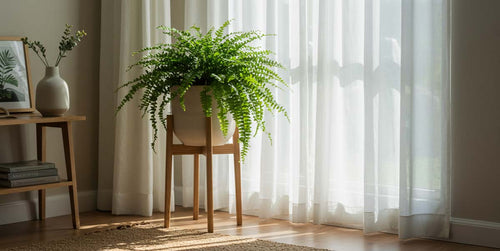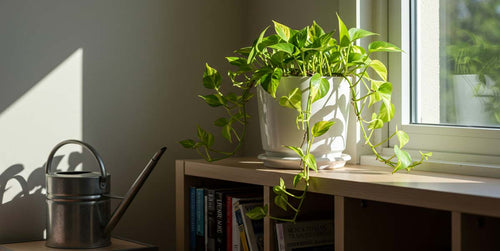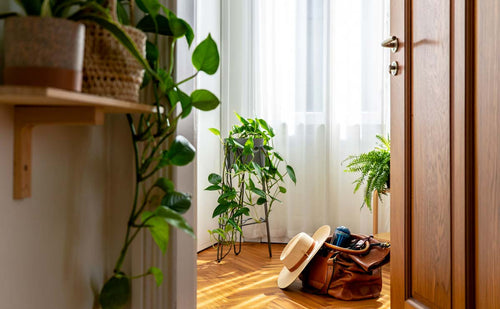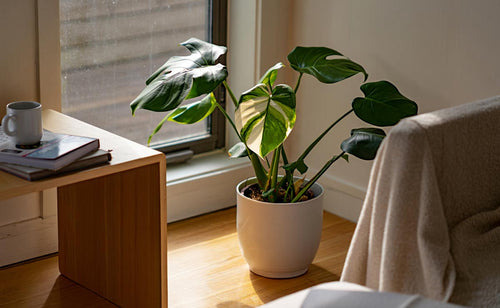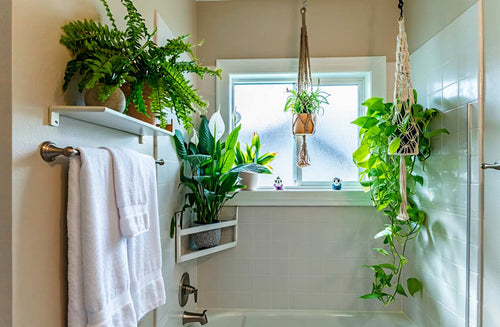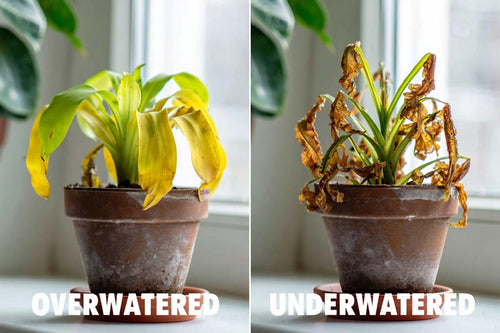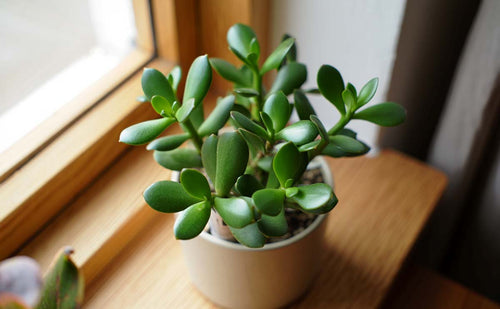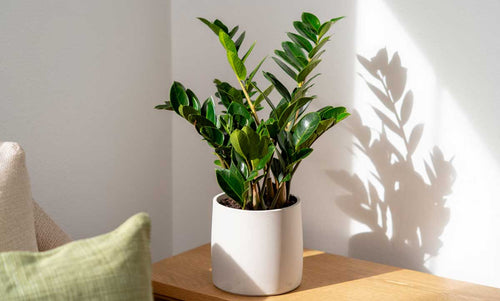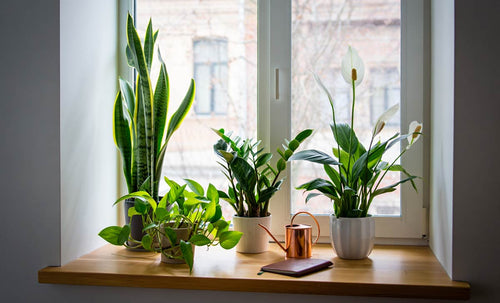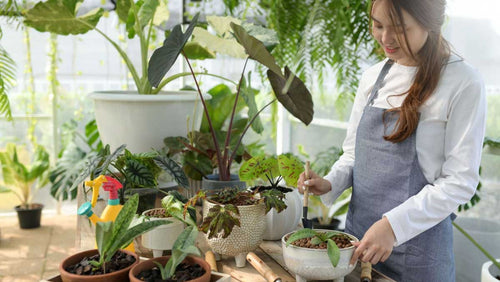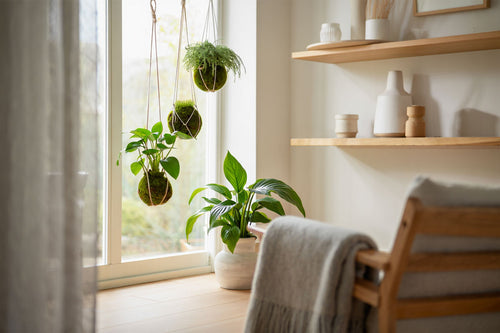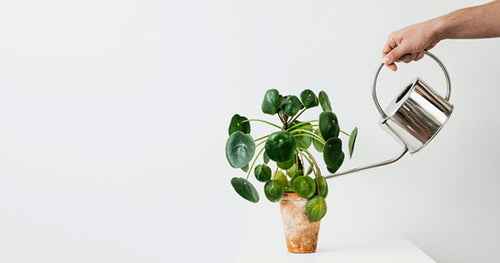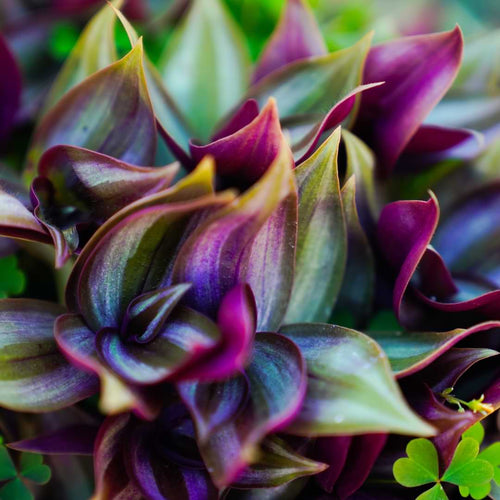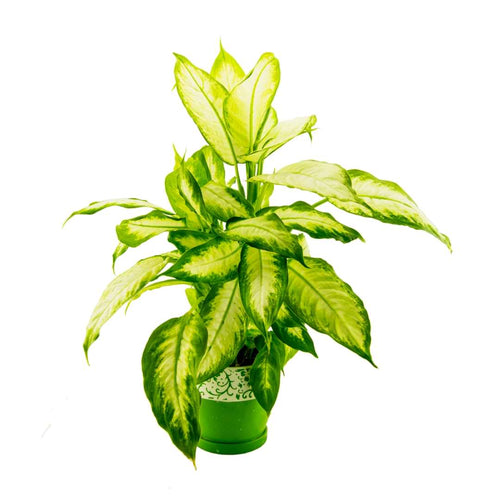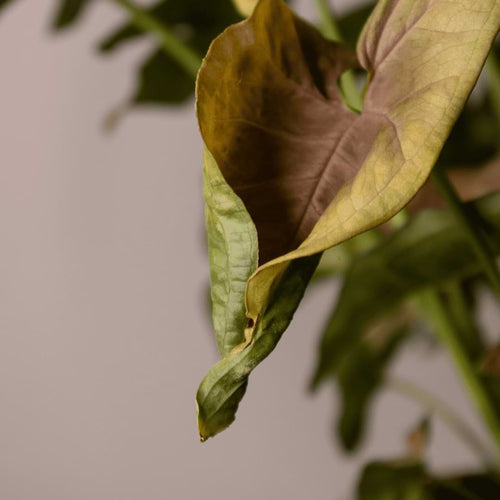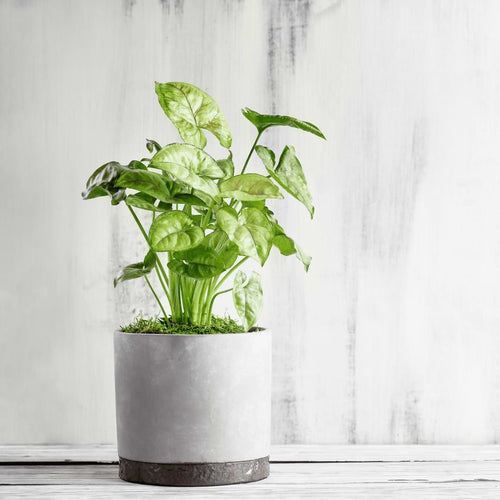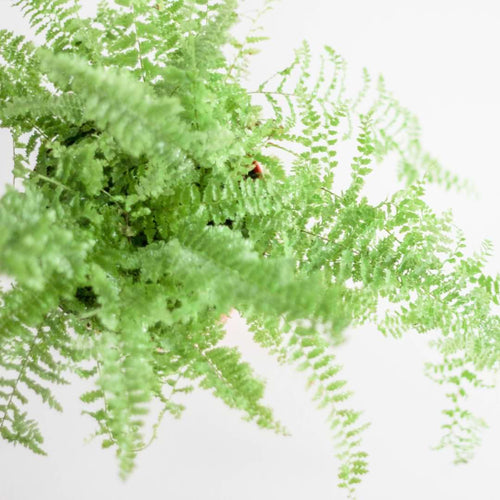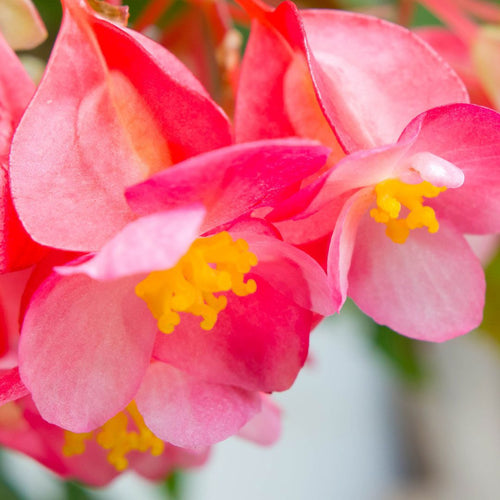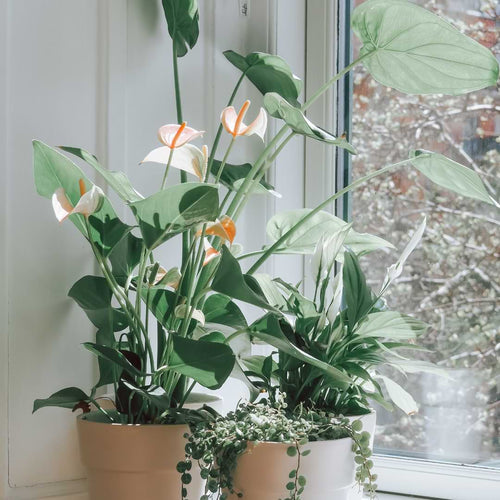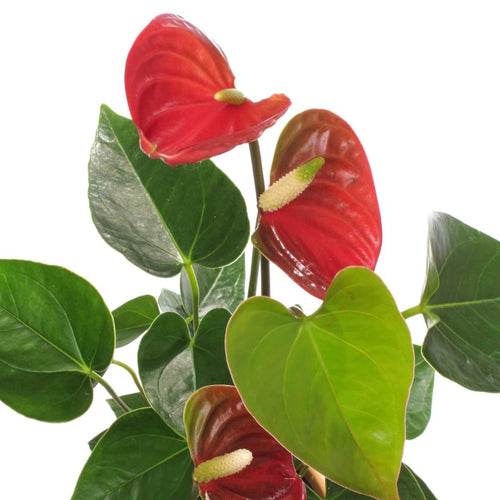Fix Leaf Drop: Money Tree Care Tips
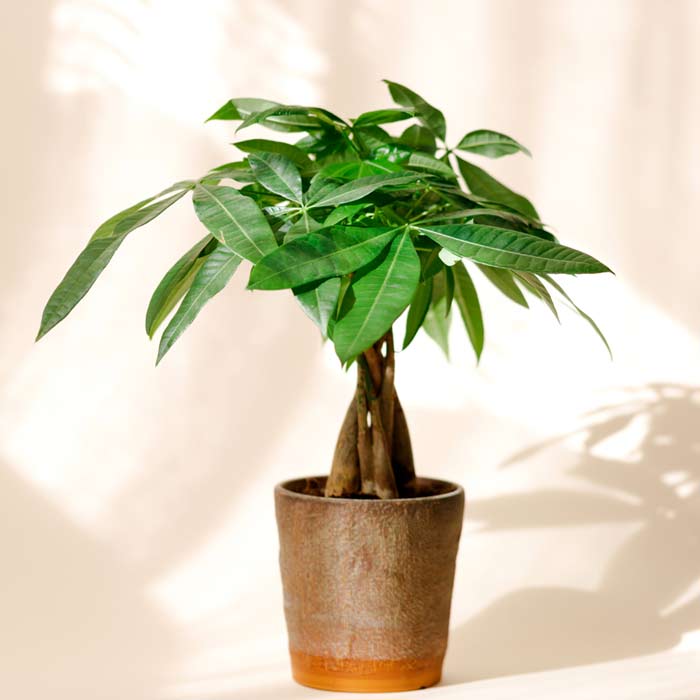
If your money tree has been steadily dropping leaves, you’re not alone. I’ve had mine go through a few moody phases, and it’s always a little alarming. One day it looks lush and full, and the next, there’s a mini pile of yellowing or shriveled leaves sitting on the soil. The good news is, most of the time, it isn’t anything permanent. But the key is figuring out what it’s trying to tell you before more leaves follow.
Leaves dropping off a money tree usually mean something in its care routine needs a tweak. It might be water issues, lighting, pests, or even changes in temperature. I’ve learned through trial and error that once I spot the cause, I can usually get mine back to looking full and green again. If you’re noticing any changes in your tree’s appearance, stick with me. We’ll go through some helpful money tree plant care tips to get things back on track.
Common Reasons Why Money Tree Leaves Drop
Money trees are usually low-maintenance, but when something’s off, they do let us know. Leaf drop is probably the most common signal I’ve seen when something isn’t quite right. These are the first things I check whenever my tree starts shedding more than usual:

1. Overwatering
This has been the number one cause of leaf drop in my plant. Too much water can cause the roots to decay and that throws the whole plant off balance. If the soil feels wet several days after watering or smells musty, there’s a good chance it’s waterlogged. The leaves usually turn yellow and mushy before falling off. I try to let the top few inches of soil dry out completely before reaching for the watering can again.
2. Underwatering
On the flip side, if I’ve been too hands-off, the leaves stiffen and dry up before they fall. You’ll probably notice drooping stems, brittle leaves, or leaf edges that start curling inward. When I forget to water for long stretches, my tree always lets me know loud and clear by dropping handfuls of leaves almost overnight. A regular watering schedule that works with my home’s humidity level really helps.

3. Poor Lighting
Money trees prefer bright but indirect light. I made the mistake of setting mine in a dark hallway once, and it slowly started thinning out. The leaves became dull and limp, and then the shedding began. If there isn’t enough light, or if it’s getting direct afternoon sun that scorches the leaves, expect some drama. A bright east- or north-facing window works best for me.
4. Drafts and Temperature Shifts
Once I placed my plant near a window AC unit in late summer, and that cold air made it drop leaves fast. Money trees are sensitive to sudden changes in temperature or placement near AC vents, heaters, or drafty windows. If it’s exposed to temps that swing too much, the stress can trigger leaf drop.
5. Pest Infestation
It’s easy to miss this one until it’s gotten out of control. Tiny pests like spider mites or mealybugs can sneak in and start feeding on the plant. I’ve found many of them hiding under leaves or along the junctions where stems branch out. If your money tree seems to be losing leaves but the soil and light all seem fine, grab a magnifying glass and take a look at the undersides of those leaves. Sticky residue or fine webbing are signs I usually notice when pests are the cause.
Catching any of these early really helps in getting the plant to recover faster. As soon as I see a change, I run through this checklist and it usually points me in the right direction.
How to Fix Leaf Drop in Money Trees
Once I’ve figured out what’s causing the leaf drop, making a few changes usually helps my money tree bounce back. It’s a pretty forgiving plant if I act early enough. Here’s what I typically do, step by step.
-
Adjust Watering Habits
I stick my finger a couple inches into the soil before I water. If it’s still damp, I wait a few more days. Letting the soil dry out between waterings helps avoid rot. When I water, I do it thoroughly, making sure water drains all the way through instead of just dampening the top. And I always dump out any water sitting in the saucer after. -
Improve Lighting
If my tree’s in a low-light corner, I move it to a brighter spot near a window with filtered light. I avoid direct hot sun, especially in late summer. If I can’t move the plant, I’ve used grow bulbs to help fill the gap. I’ve placed LED grow bulbs in both living rooms and bedrooms when natural light wasn’t cutting it. -
Boost Humidity
Money trees like consistent humidity. If my home feels dry, especially during fall or winter, I use a small humidifier nearby. I’ve also grouped my plants together to create a micro-climate around them, and that seems to help too.

-
Protect the Plant from Drafts
Keeping my tree away from vents and windows really makes a difference. I moved mine away from the AC vent last year and saw the leaf drop slow down almost right away. Now I keep it somewhere with stable temps, not near doorways or windows that get opened a lot. -
Get Rid of Pests
When I spot mites or mealybugs, I act fast. I wipe down leaves with a damp cloth or give the plant a rinse in the shower. I spray neem oil or insecticidal soap on the undersides of leaves and top of the soil. Repeating this every few days usually keeps the problem under control.
Making these changes helps restore balance. Leaves won’t grow back overnight, but if I see new growth starting at the tips, I know I’m heading in the right direction.
Preventative Care Tips for Money Trees
After dealing with a stressed-out plant, I like to focus on keeping things steady. I’ve found a few simple habits that help prevent future leaf problems.

I check the soil weekly. Even when my plant looks fine, I touch the soil to get a feel for whether it needs water. This keeps me from slipping back into over- or under-watering. I also do a quick scan of the leaves while I’m at it. If I catch spots or pests early, it’s so much easier to fix.
I feed my money tree regularly during its growing season. I use a liquid indoor plant fertilizer about once a month from early spring through summer. Then I stop when things slow down heading into fall. Over-fertilizing can stress the plant, which is something I try to avoid.
I trim off any yellowed or damaged leaves. It gives the plant a cleaner look and helps direct energy to healthy growth. I wipe the leaves too, just to remove dust and keep them breathing right.
Repotting is another helpful reset, especially if the roots seem cramped or water doesn’t drain like it used to. I aim to repot every couple of years using a fast-draining soil mix. I mix in ingredients like perlite, coco coir, and chunky bark to keep things light and breathable.
These habits have helped keep my plant healthy and full. They don’t take a lot of time and fit pretty easily into my weekly routine.
Keeping Your Money Tree Happy and Healthy
After dealing with a few leaf drop episodes myself, I’ve stopped seeing it as a disaster. It’s usually just a sign that my plant needs something adjusted. Whether it’s light, water, or something sneaky like pests, paying attention early really helps.
I’ve learned that taking care of houseplants doesn’t have to involve complicated schedules or expensive setups. A solid routine, regular checks, and a little patience go a long way. Money trees tend to be pretty responsive once I figure out what’s wrong.
If you’ve been dealing with leaf drop and feel overwhelmed, try focusing on small steps. Watch your plant, make one change at a time, and give it time to recover. With a little effort, those new leaves will start popping up again and that always feels like progress. Consistent care and a watchful eye are my go-to money tree plant care tips for bringing it back to life and keeping it lush.
Give your money tree the attention it deserves with these helpful money tree plant care tips. At Houseplant Resource Center, we’ve got simple guidance, product favorites, and soil solutions that make care easier and more effective. Let’s get your money tree back to its happiest, greenest self.
Beginner Friendly, Home Decor, Indoor Plants, Leaf Drop, Light, Moisture Meter, Money Tree, Money Tree Plant Food, Plant Rescue, Root Health, Smart Gravel, Troubleshooting, Watering




